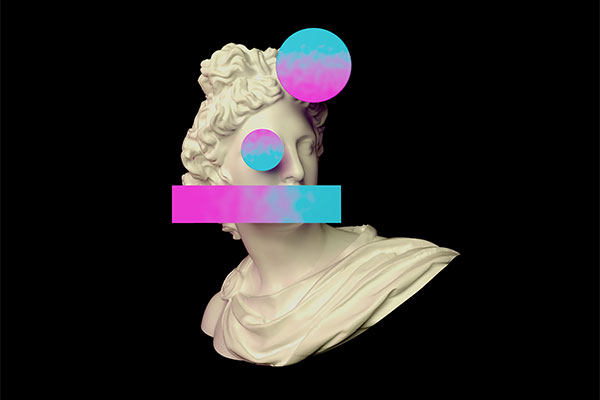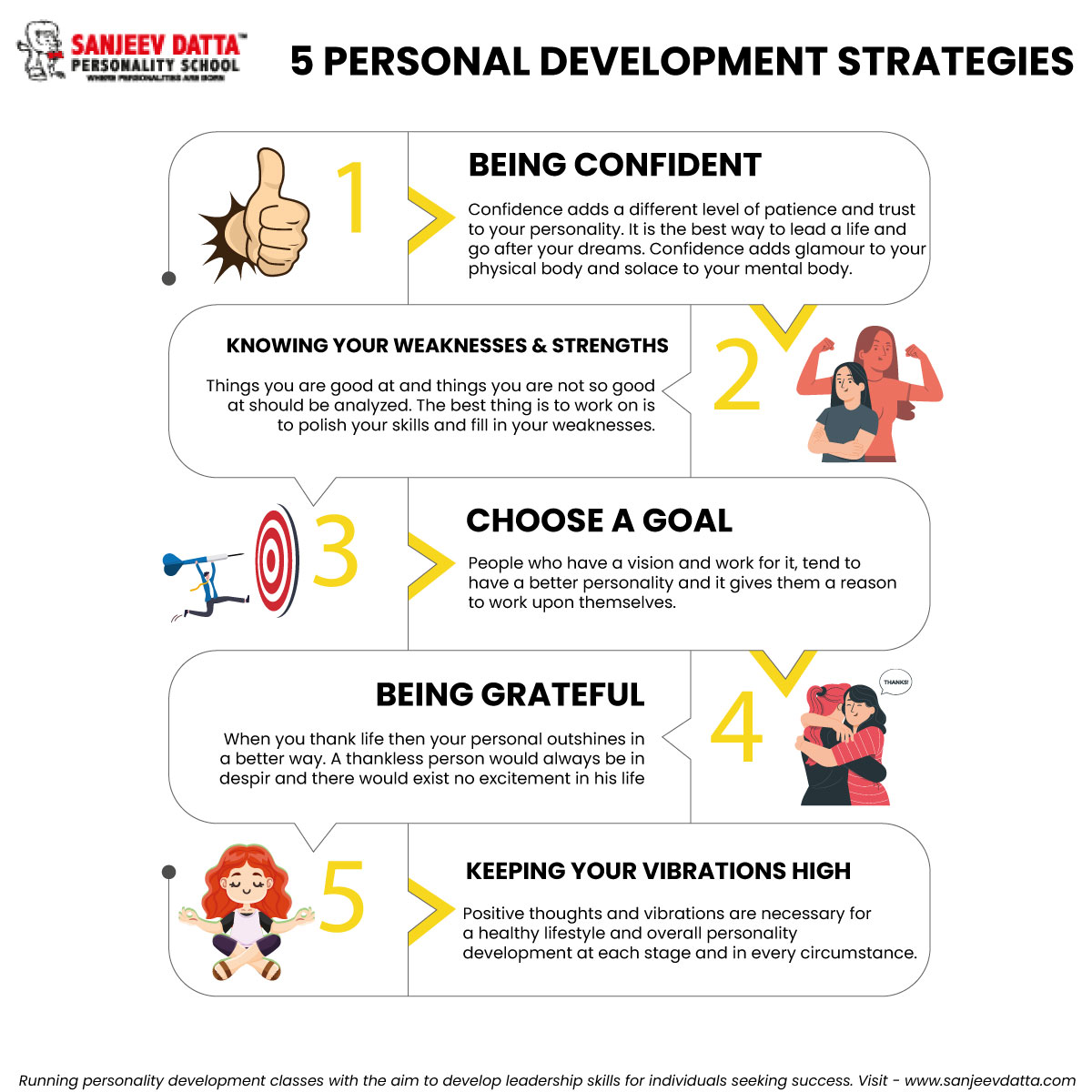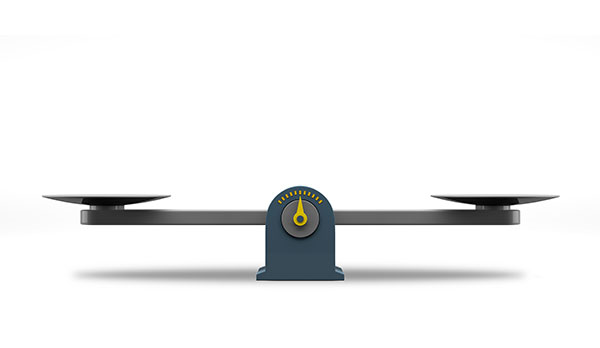Perception is the ability one possesses to notice or understand something. The sensory experience of the environment is what we call perception. It entails both identifying and reacting to stimuli in the environment. We learn about the features and elements of the environment that are necessary for our survival through the perceptual process. Perception is the process of organizing, identifying, and interpreting sensory data to represent and comprehend the information or environment that is provided. Perception not only shapes our perception of the world but also our ability to act in it. Because everyone perceives the world and addresses life challenges in their unique way, perception is crucial to understanding human behavior. Perception is the mental process of converting sensory stimuli into usable data. It is the process of mentally interpreting something we see or hear to later judge and provide a verdict on a situation, person, organization, or other entity. There are three types of perception, let us look at them one by one.
-
Perception of Depth and Distance:
Depth perception is the ability to perceive the world in three dimensions and, as a result, to evaluate an object’s distance. Distance perception refers to the process of determining the distance between two objects. Many factors such as distance, the relative size of an object influences perception of depth and distance. This also helps transforms two-dimensional images into three-dimensional ones.
2. Movement Perception:
The capacity to judge the speed and direction of moving objects is referred to as movement perception. The retinal motion of an eye is associated with motion perception.
Visit: steps to think positive thoughts
3. Size Perception:
Size perception is having the ability to judge the size of a particular stimulus. Perception of size is associated with not just the size but also the depth, distance of an object to which we perceive it. Perceptual interpretation also falls under this, it stands for how we recognize an object.
Visit: how to improve cognitive skills
There are 5 types of perception associated with our senses:
- Vision:
Eyes, we get vision through our eyes, what we see we believe and we perceive it. It has a strong influence as we see the object.
2. Touch:
A simple touch can make you understand someone. The way you feel about a particular thing will be influenced by touch and your comfort. Touch can influence how humans make decisions. Touch can convey compassion from one human to another.
3. Sound:
Listening to various sounds also depicts how one perceives things around him.
4. Taste:
Perception can be associated with taste. It is sweet, salty, bitter, and sour these four tastes help us recognize the taste of the food.
5. Smell:
The smell is another factor that influences and drives perception. We can smell over one trillion scents, which help us gather and notice information about different scents, it may be of people or other things.
Visit: how to overcome social inhibition
- The sense of space- this sense deals with how your brain understands where your body is in space. This sense is called proprioception. It includes the sense of movement and position of our limbs and muscles.
- Balance, time, bodily position, acceleration, and the awareness of internal states are among the additional senses that allow us to experience things. Many of them are multimodal, meaning they use more than one sense. Another essential sort of perception is social perception, which is defined as the ability to recognize and apply social clues about individuals and relationships. This social perception is one of the best personality development skills which help build and form social relationships.
The perceptual process is a set of stages that starts with the environment and leads to our perception of a stimulus and our response to it. It happens all the time, but you don’t give it much thought when you’re perceiving the various stimuli that surround you at any given time. Perception functions as a filter, allowing us to live and comprehend the environment without becoming overwhelmed by the amount of information available. The personality development course focuses predominantly on perception as perception is the basis of understanding and evaluating the environment and the people associated with the environment.
The sensory experience of the world is known as perception. It entails both noticing and responding to external inputs. We learn about the features and elements of the environment that are crucial to our existence through the perceptual process. Perception not only shapes our perception of the world around us but also permits us to behave in it.
Therefore, now we have learned the importance of perception and how it has an impact on our day-to-day lives. These various types of perception all help us in understanding our surroundings and the people around us, which helps us in behaving accordingly. You can improve your perception simply by observing things around you.
In our personality education programs, we focus on:
- INTERVIEW TRAINING
- LEADERSHIP
- PRESENTATION TRAINING
- SOCIAL BOLDNESS
- DRESSING ETIQUETTE
- OFFICE ETIQUETTE
- COMMUNICATION SKILLS
- ENGLISH SPEAKING
- ANGER MANAGEMENT
- TIME MANAGEMENT
- TEAM BUILDING
- PERFORMANCE ENHANCER
- SOFT SKILLS
- GOAL SETTING
- CAREER COUNSELLING
- LISTENING SKILLS
- MEDITATION
For more details, contact us now!






